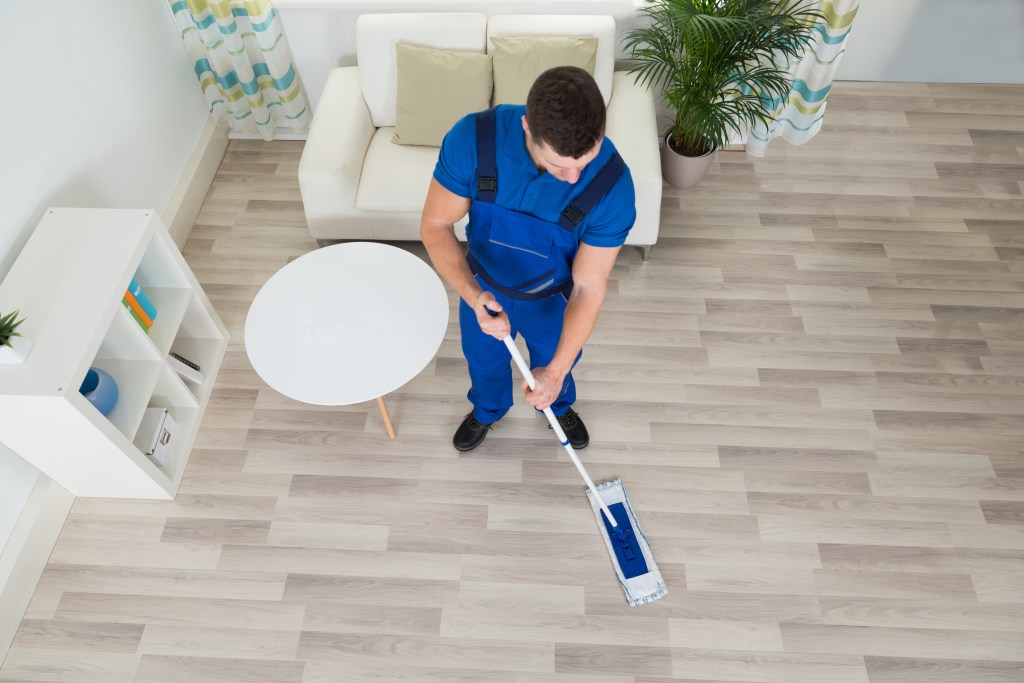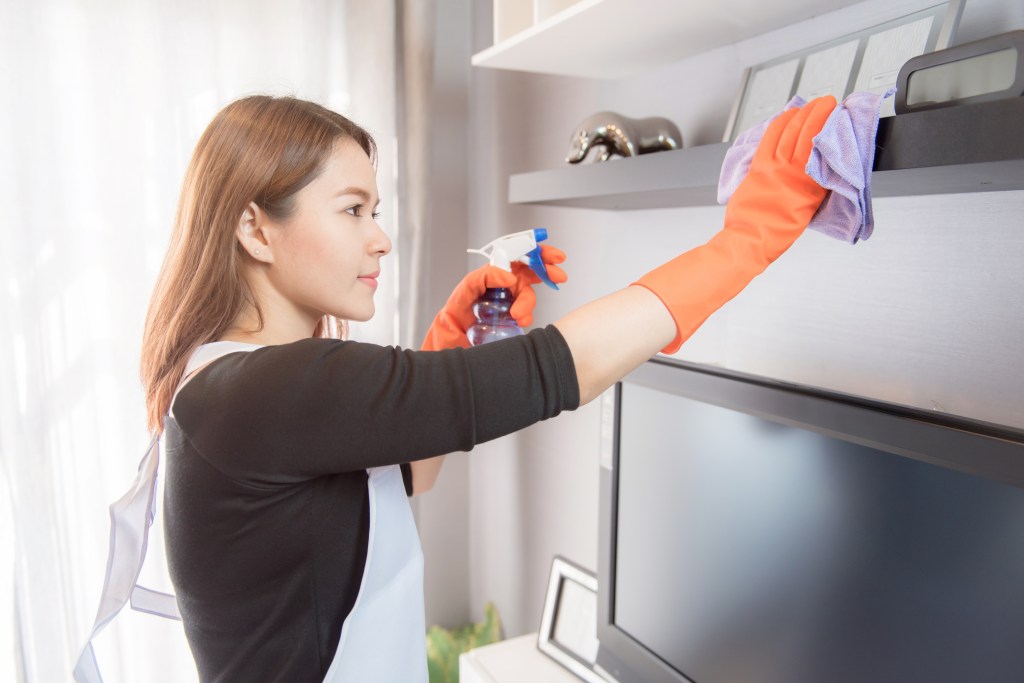Working from home has become more accepted across the globe. People are beginning to understand how difficult it is to maintain a tidy house and work environment as the two become one, and they need help. The cleaning services market is expected to grow by over 6% in the next five years.
If you’re a professional home cleaner (or aspiring to be), your services might now be in higher demand. But how much to charge to clean a house can get tricky. You want to quote a price that’s fair to your clients while still being profitable.
There is a pretty simple way to create a house cleaning pricing guide that’s fair and widely used throughout the home cleaning industry. Before we dive into how to develop your cleaning services pricing list, it’s first important to establish expectations between you and your clients.

Establishing expectations
The most important thing for establishing a good client relationship is to lay the ground rules for the cleaning expectations before the person is even a client. One person’s definition of cleaning the house might be way more extreme than another’s. To avoid confusion, create a pricing guide that goes by service packages.
Service packages
When a professional cleaning service uses service packages over an a la carte system, there are three main benefits.
Prevents hourly rates
Suppose you’re a seasoned pro who’s accumulated many clients. In that case, you can do a job efficiently and quickly and then move on to the next. An hourly rate is causing you to lose money, in this instance. By charging per package, you get a flat rate for every day of cleaning the client chooses. Suppose you own a cleaning service with many workers. In that case, it’s still in your best interest to charge a package rate, and then calculate a fair hourly rate for your employees, which you pay out.
Predictable income
Cleaning services can get creative when it comes to service packages and come up with several package choices that offer a variety of services. There’s really no way to predict precisely how many and which packages your company will sell throughout the year. Still, by using historical data, even at your most basic cleaning package rate, you can have a reasonable estimate of what your annual income will be. These estimates help you create budgets and plan for expenses.
More upselling opportunities
When you break down cleaning services into package rates, you have more opportunities to create promotional offers. By offering discounts on more premium packages, you increase your margins and give your clients access to a premier service that they might enjoy and may be willing to pay more for in the future. Offering discounts for retainer clients is also a great way to gain a steady, predictable income.

How much to charge to clean a house
Now that you know to ditch the hourly rates, what should you actually charge for your packages? According to HomeAdvisor, the national average hourly rate is $50-$90 an hour. If you choose to charge an hourly rate, that’s a good starting point. However, if you listen to our advice and charge per cleaning package, you’ll first need to figure out the average square footage and time it takes to clean the homes in your area. This takes some guesswork at first, but after you’ve been cleaning homes for a few months, you’ll have more accurate data to go on and can adjust.
Do your research
An easy way to get the average square footage of homes in your area is to get the median price per square footage of homes for sale in that area from a real estate website like Zillow or Realtor.com. Then find the median listing price and divide it by the median price per square foot. This gives you a good starting point for your pricing. See the example below for homes in Dallas, Texas.
- Median home listing price: $415,000
- Median price per square foot: $225
- $415,000/$225 = 1,844 square feet
Price per square foot
Once you have the average square footage of the homes you’ll be cleaning, figure out how long it takes to clean a home of that size. Say on average, it takes two hours.
You’ll then figure out how much you wish to make per hour. Let’s say it’s $50, so for a 1,844 square foot home, you could charge a flat rate of $100. But by breaking it down by square feet, you can adjust the price based on the level of cleaning the client desires. That way, a deep cleaning service that takes you longer will be appropriately priced.
Say the $50 per hour above is your base rate. To figure out the price you’d charge per square foot is simple: Take the estimated hourly rate and divide it by the square footage.
$100/1,844 = $0.054
So in this instance, your basic service package per square footage pricing would be 6 cents per square foot (rounded up).
Final thoughts
The great thing about starting your own cleaning business is the freedom you have to set it up and operate it. It’s essential to set up your home cleaning service business in a way that works best for you. However, we recommend you price your cleaning services in package form and charge by home square footage to set yourself up for success.



